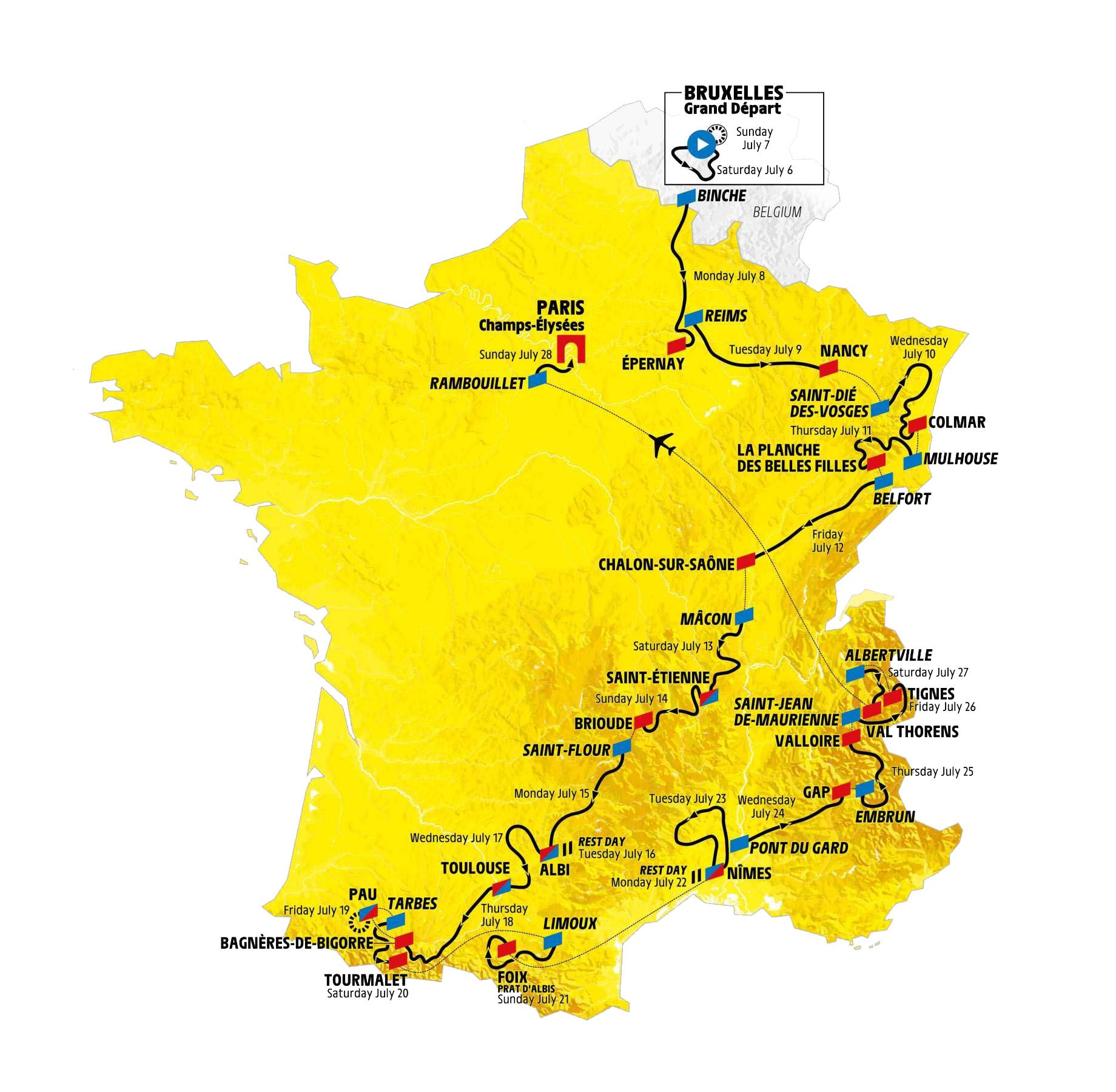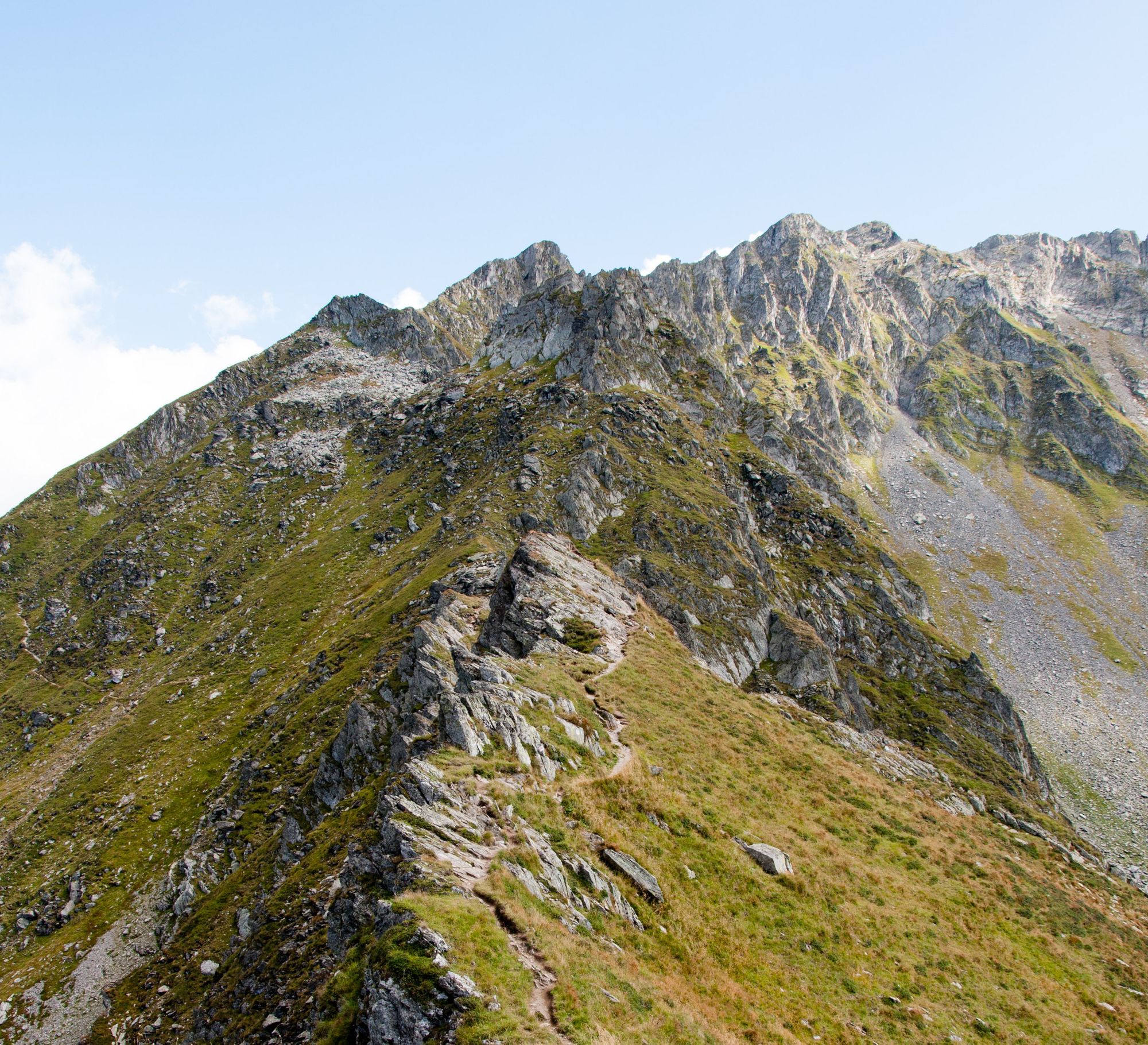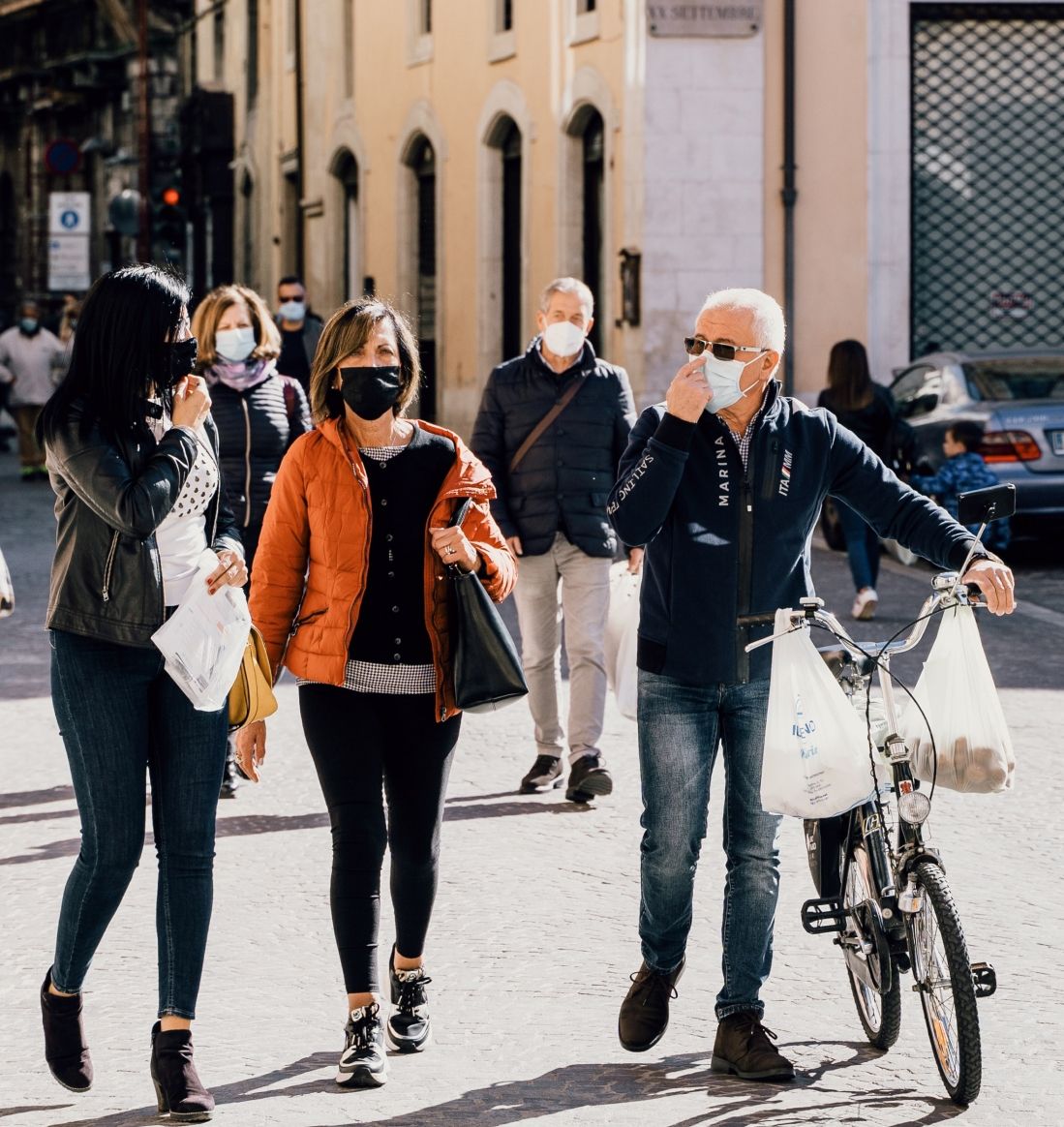The mountains of the Tour de France provide a phenomenal backdrop for the world’s toughest sporting event. With the 2019 edition having officially begun, here are some of the highest and steepest cycling landmarks in France.
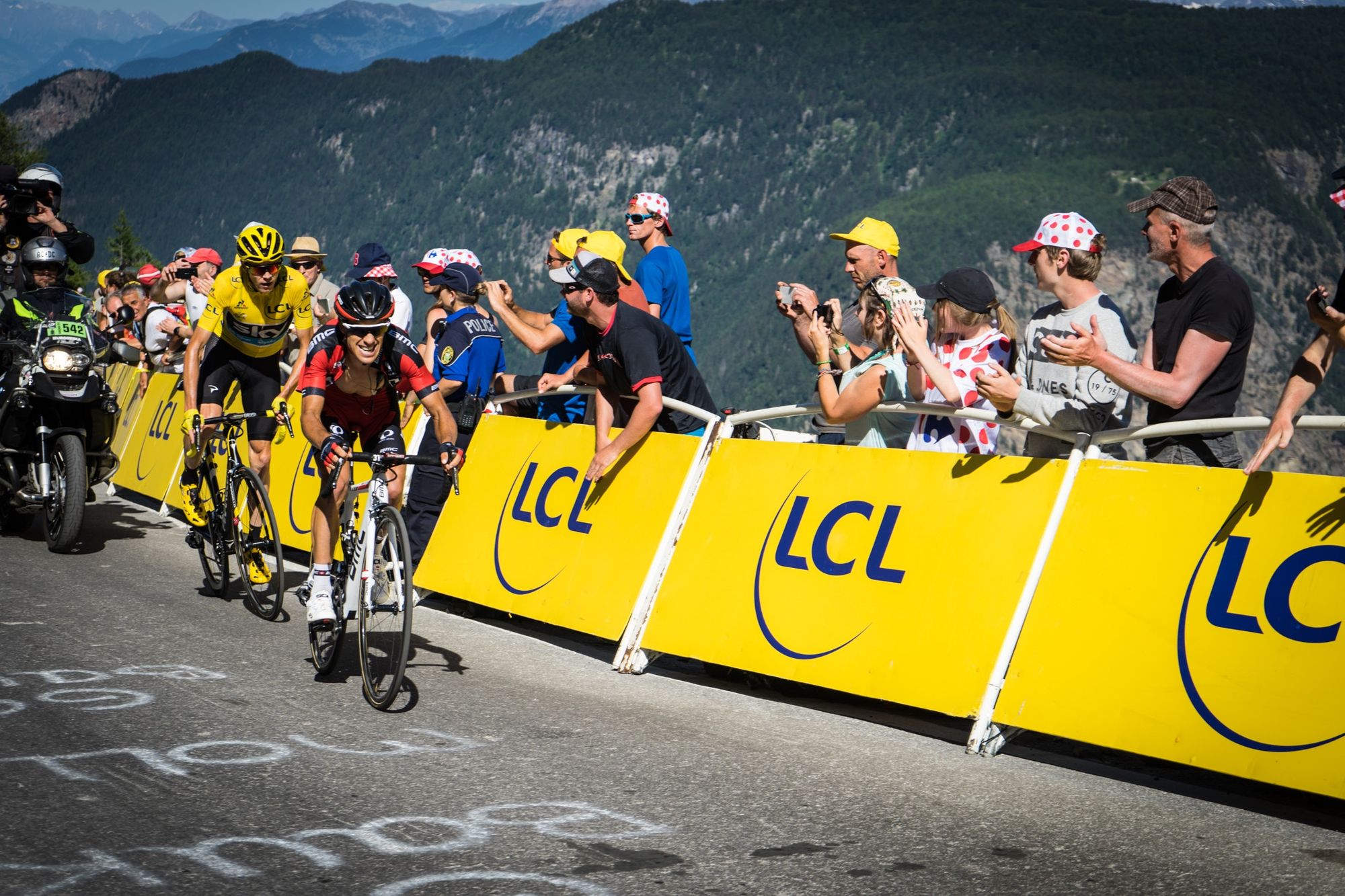
La Planche Des Belles Filles
La Planche Des Belles Filles has become a modern classic in recent years. Having featured just three times in tour history, all of which have been in the last 7 years, this climb is in its infancy. However it has proved a decisive battleground for the overall contenders. In all three inclusions, the rider who has pulled on the yellow jersey at the summit has gone on to win in Paris – Bradley Wiggins, Vincenzo Nibali and Chris Froome.
Nonetheless the tour organisers have added an additional kick this year. The riders will reach the usual summit, carry on and turn left, where they will tackle a 1km gravel road, with the final 100 meters being a cruel 24% gradient.
Compared to the giants of the Pyrenees and the Alps, Les Planche des Belle Filles is minimal on the profile. At just 7 kilometres, averaging 8.7%, this climb is small, yet a real sting in the tail that will be the first big test for any rider with aspirations for the general classification. There is no room for an off day here.
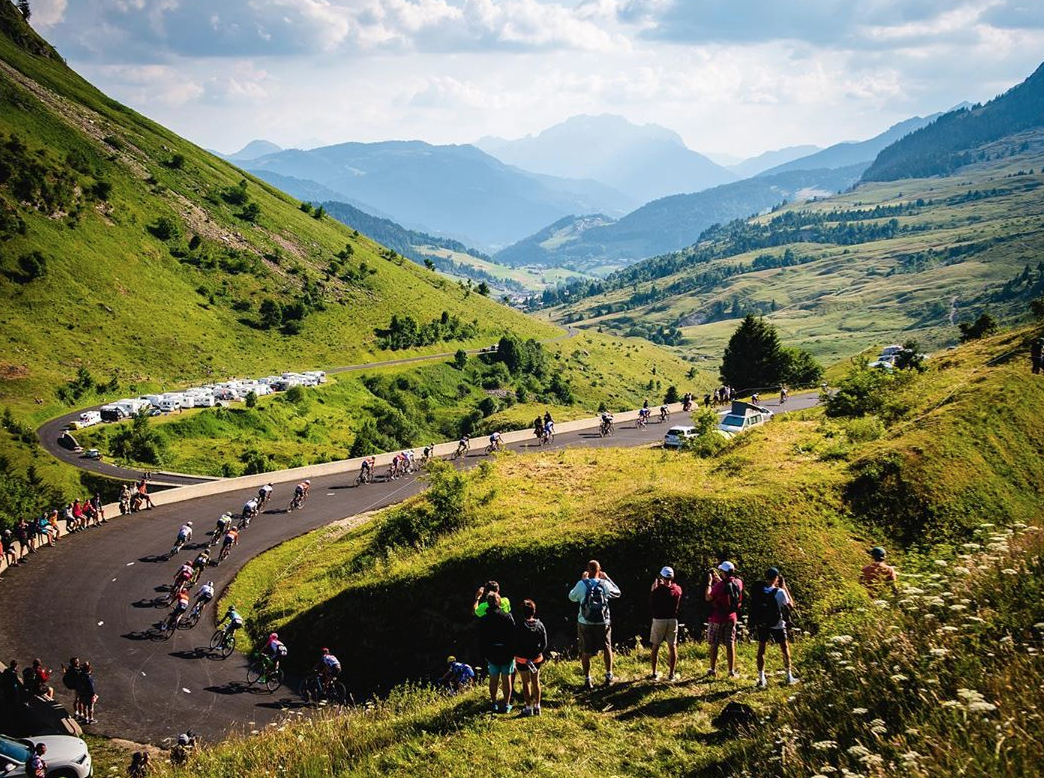

Col du Tourmalet
The Tourmalet is undoubtedly a Tour de France classic. With over 80 appearances, it is one of the oldest and most frequently used climbs in the race’s history, making it an almost sacred mountain for cycling fans. Expect large crowds from all over the world awaiting a showdown between the overall contenders, at the end of a short and punchy mountain stage.
Uncharacteristic of a Pyrenean climb, the Tourmalet features long and barren ramps with few bends. Yet the final three kilometres are the hardest with steep gradients reaching 10%. The entire climb is a brutal 19 kilometres with an average gradient of 7.4%, proving its credibility amongst Tour de France legend.
For the first rider over the Tourmalet a prize of €5,000 is awarded, also known as the Souvenir Jacques Goddet. The prize is awarded in honour of Goddet who organised the race from 1936-1987 and also founded the newspaper l’Equipe. The unique history of the Tourmalet lends itself to legend, with riders each year trying to reach the summit first for their own piece of history.
Le Prat d’Albis
Climbing to 1,205 meters at an average gradient of 6.9 % will be a nasty surprise for the pro peloton. In south-western France, the Prat d’Albis stands amongst forests, valleys and rivers in a truly pastoral setting.
However the racing it should provide will be anything but serene. The final ascent on a stage with 4 major climbs will provide a mountainous epic. With the overall contenders trying to control the race, the mountains classification should be taking shape on these slopes. Perfect territory for an escapee to earn a shot at the polka dot jersey, however on this terrain anything could happen.
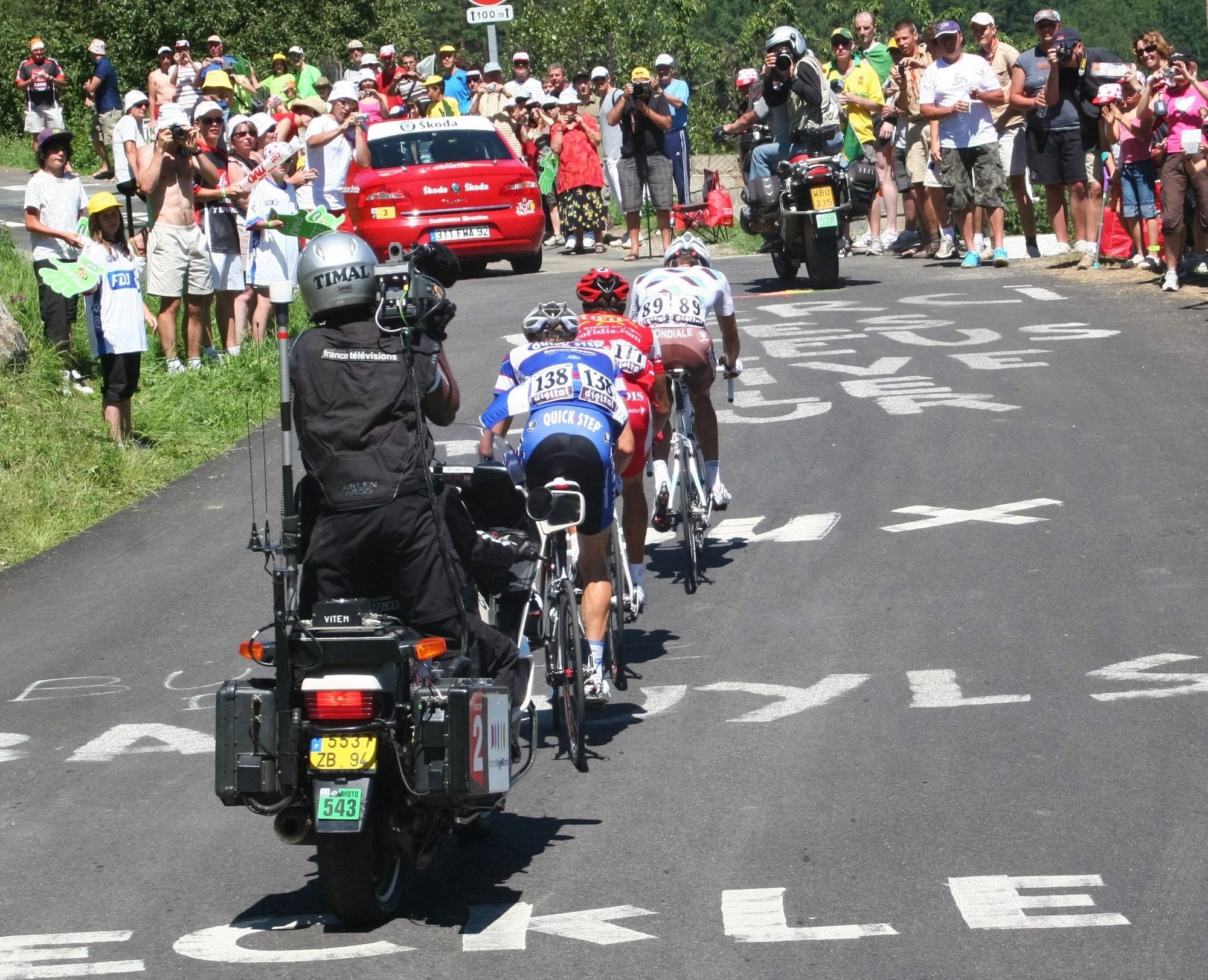
Col de l’Iseran
On stage 19 the pro peloton will ride on the highest paved pass in the French Alps. The Col de l’Iseran is a giant. From Bonneval at the foot of the climb, the road ascends for 12.9km at 7.5 per cent until it reaches the summit at 2,770 meters. This mountain comes in the middle of a huge mountain stage, with 70 kilometres being ridden above 1,500 meters. Therefore riders in form will be able to exploit the altitude whilst riders that are struggling should expect a long, arduous day in the saddle.
Although the size of the l’Iseran doesn’t guarantee scintillating racing. Its length will deter riders from making an early attack, whilst the gentle gradients offer little for the explosive climbers looking to make a break. So expect big engine climbers such as Geraint Thomas to set a high pace at the front of the race.
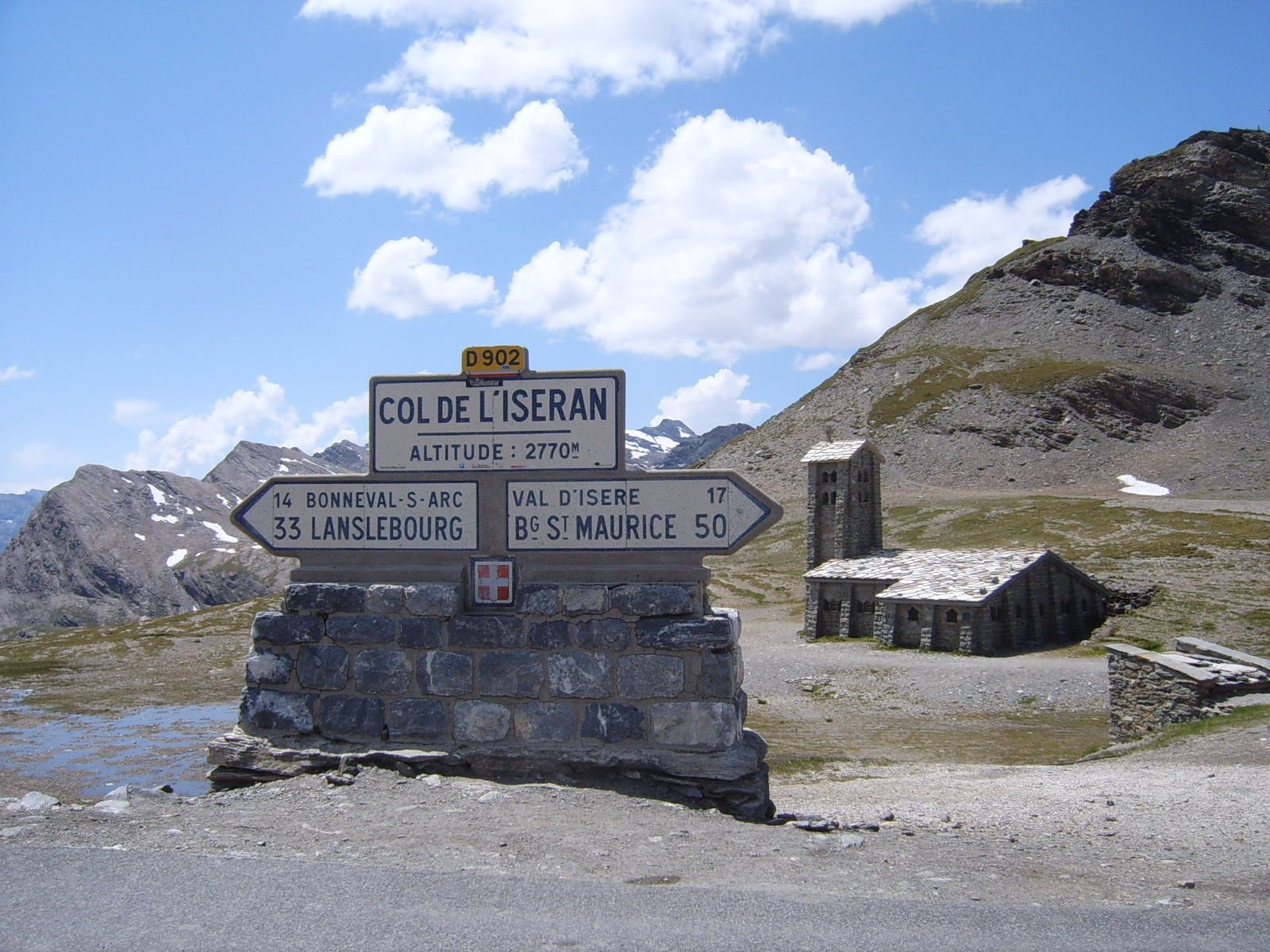
Val Thorens
The final mountainous showdown of the 2019 Tour de France. The ascent to Val Thorens will be the last opportunity for the overall contenders to attack the race, ensuring spectacular and unpredictable racing. At 33 kilometres with an average gradient of 5.5%, the climb will provide a nail-biting finale for the yellow jersey.
Surprisingly, Val Thorens has featured in the Tour just once before. In 1994, the Colombian rider Nelson Rodríguez beat Latvian Piotr Ugramov to the top of the highest ski resort in Europe. This result created time gaps unheard of in the modern era, with Marco Pantani finishing one minute behind Rodríguez with Miguel Indurain a further minute behind. The Tour organisers will be hoping for a dramatic repeat this year to ensure an entertaining battle to end three weeks of racing.
